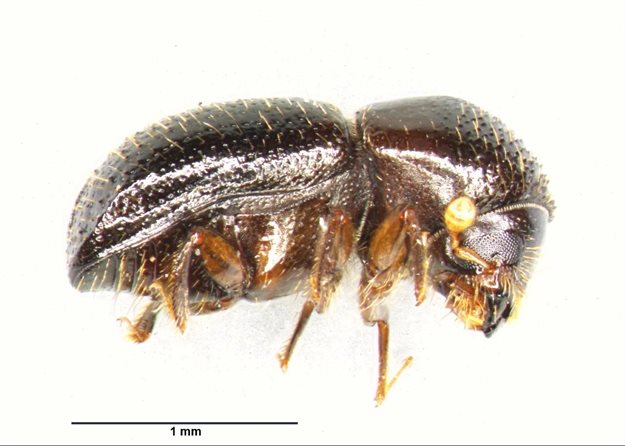






So warns a team of international researchers in a new global overview of environmental change due to invasive alien species. The article, published in the journal Biological Reviews on 26 June 2020, forms part of the World scientists’ warning to humanity: a second notice initiative which calls for an urgent change in our approach to stewardship of the Earth and life on it.
Professor David Richardson, director of the Centre for Invasion Biology at Stellenbosch University (SU), South Africa, and one of the lead authors of the article, says: “South Africa has invested heavily in a national programme to reduce the negative impacts of widespread invaders on ecosystem services, but much more action is needed. Urgent interventions are needed at both national and international levels to tackle the challenges more effectively.”
Alien species are plants, animals and microbes that are introduced by people, accidentally or intentionally, to areas where they do not occur naturally. Many of them thrive, spread widely and have harmful effects on the environment, economy, or human health.
The study, which was carried out by an international team of researchers from 13 countries across Africa, Asia, Australasia, Europe, North and South America, states that the number of invasive alien species is increasing rapidly, with over 18,000 currently listed around the world.
In South Africa, a recent assessment listed 1,422 alien species that have become naturalised or invasive, with some having serious negative impacts on South African ecosystems, for example, ‘thirsty’ alien tree species that extract large quantities of water from catchments.

The team of researchers attribute the escalation in biological invasions to the increase in the number and variety of pathways along which species spread, and to the increasing volume of traffic associated with those pathways. They highlight the role of emerging pathways such as the online trade in unusual pets and plants for ornamental horticulture, and the transport of species across oceans on rafts of plastic pollution.
The study also shows how other drivers of global change, such as climate change, land-use change, alongside international trade are exacerbating the impacts of biological invasions. For example, species transported through shipping can now thrive in new regions, due to climate warming; and the permanent opening of the Arctic Ocean with global warming is allowing marine species to move between the Atlantic and Pacific Oceans.
The authors stress that biological invasions can be managed and their impacts mitigated. They point to approaches that are working around the world and make specific recommendations for improved management. For example, the introduction of more stringent border controls, including X-ray machines and detector dogs, has led to a progressive decline in the rate of fungal plant pathogens entering New Zealand.
Professor Petr Pyšek of the Czech Academy of Sciences and Charles University in Prague and a research associate at the Centre for Invasion Biology at SU, first author of the paper, says: “As our knowledge about invasive alien species increases, the problems associated with biological invasions are becoming clearer. The threats posed by invasive alien species to our environment, our economies and our health are very serious, and are getting worse. Policymakers and the public need to prioritise actions to stem invasions and their impacts.”